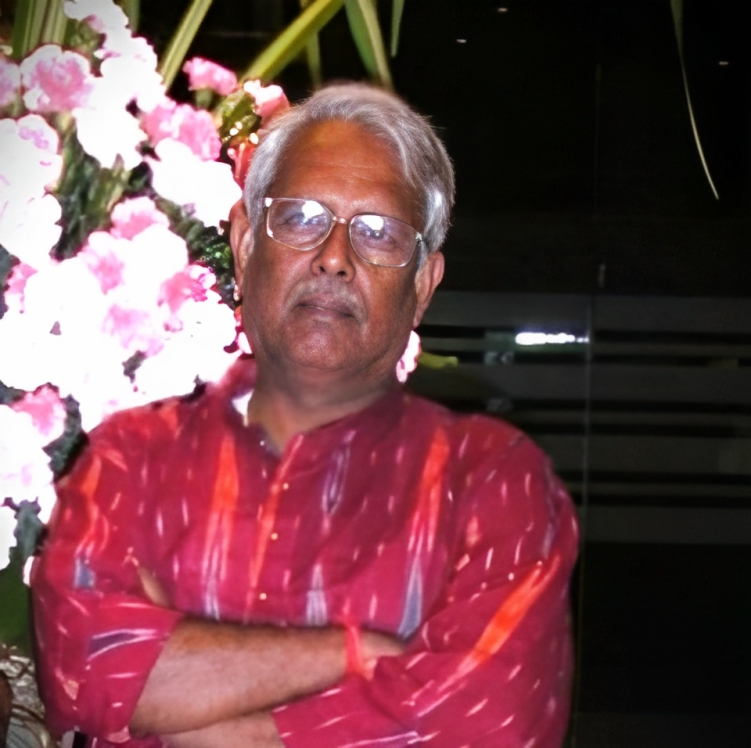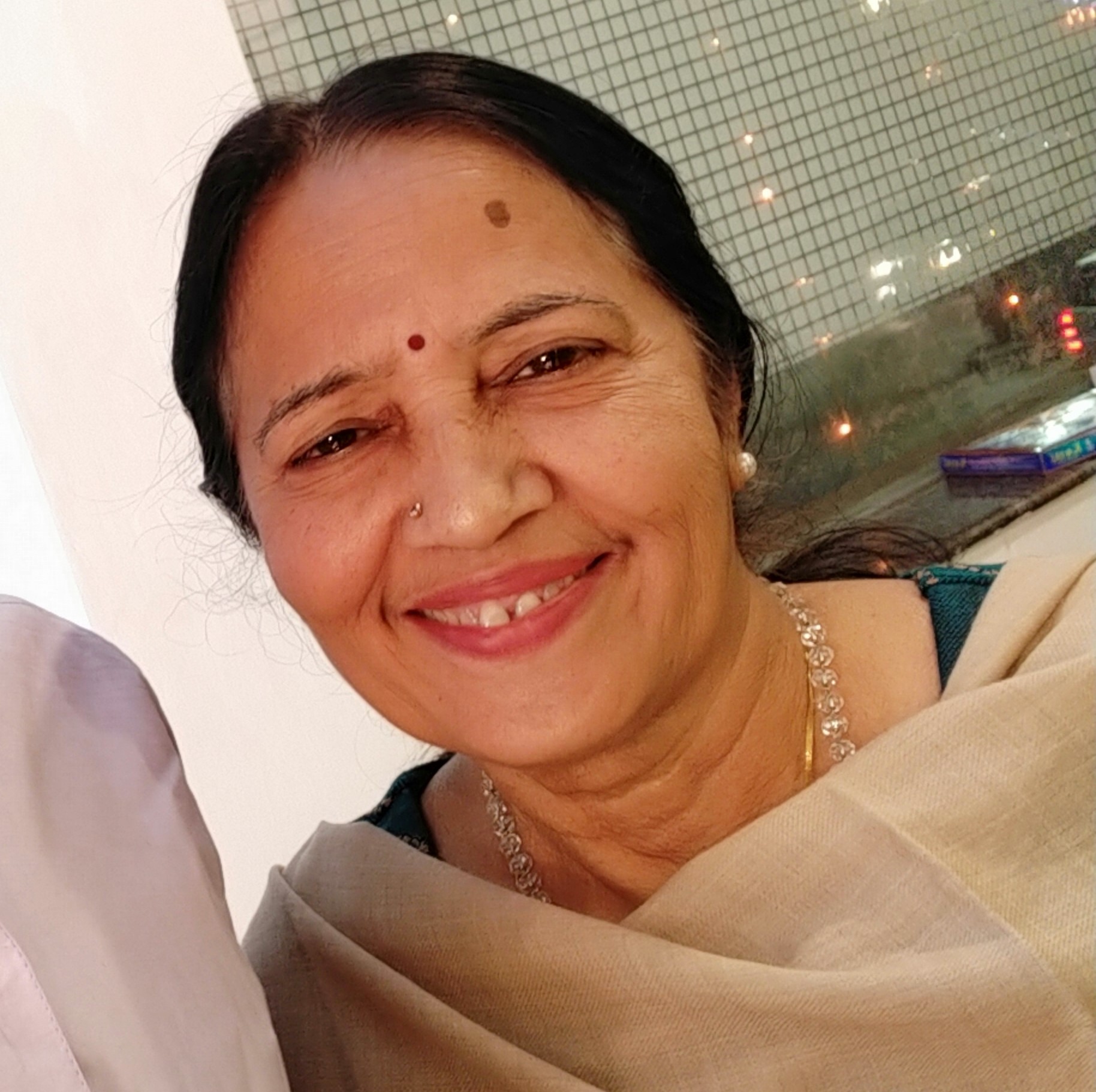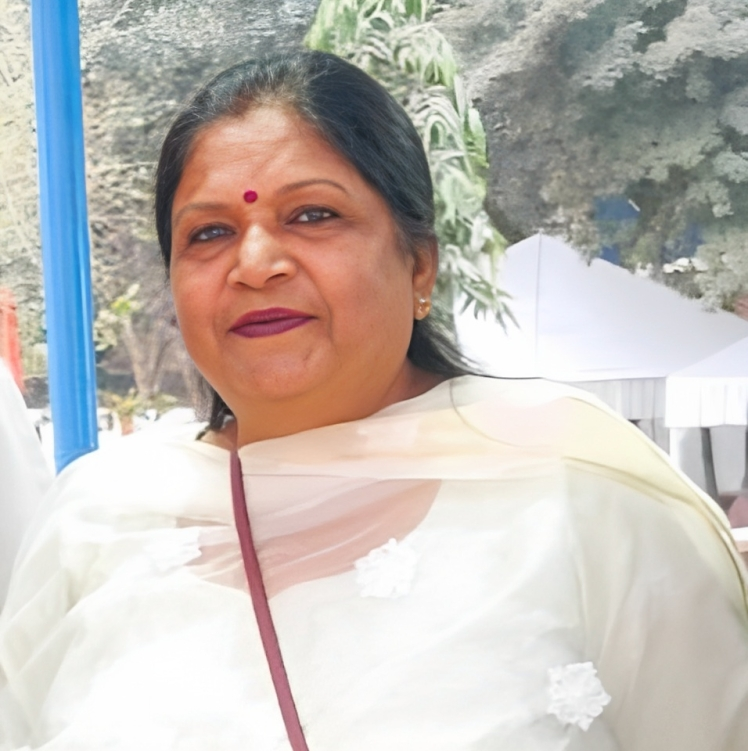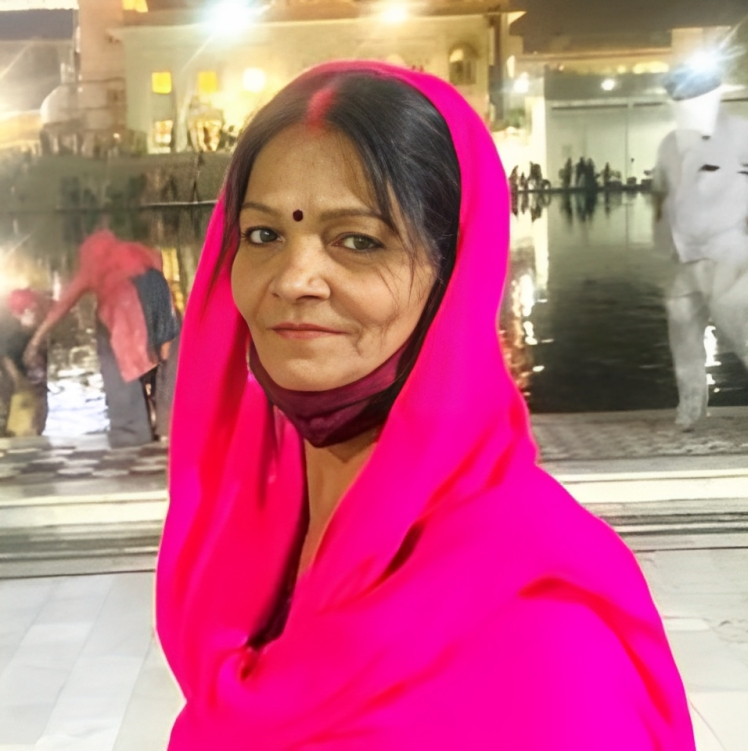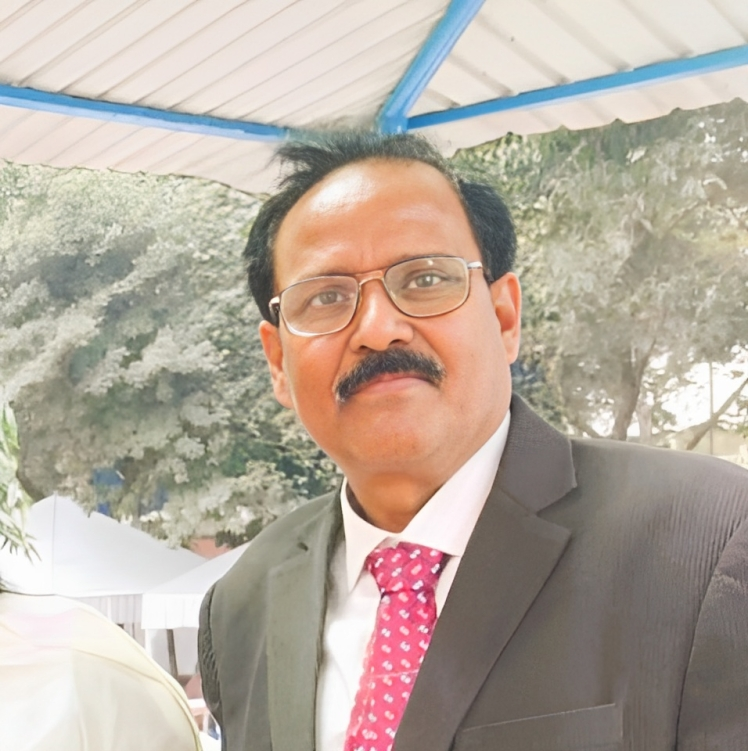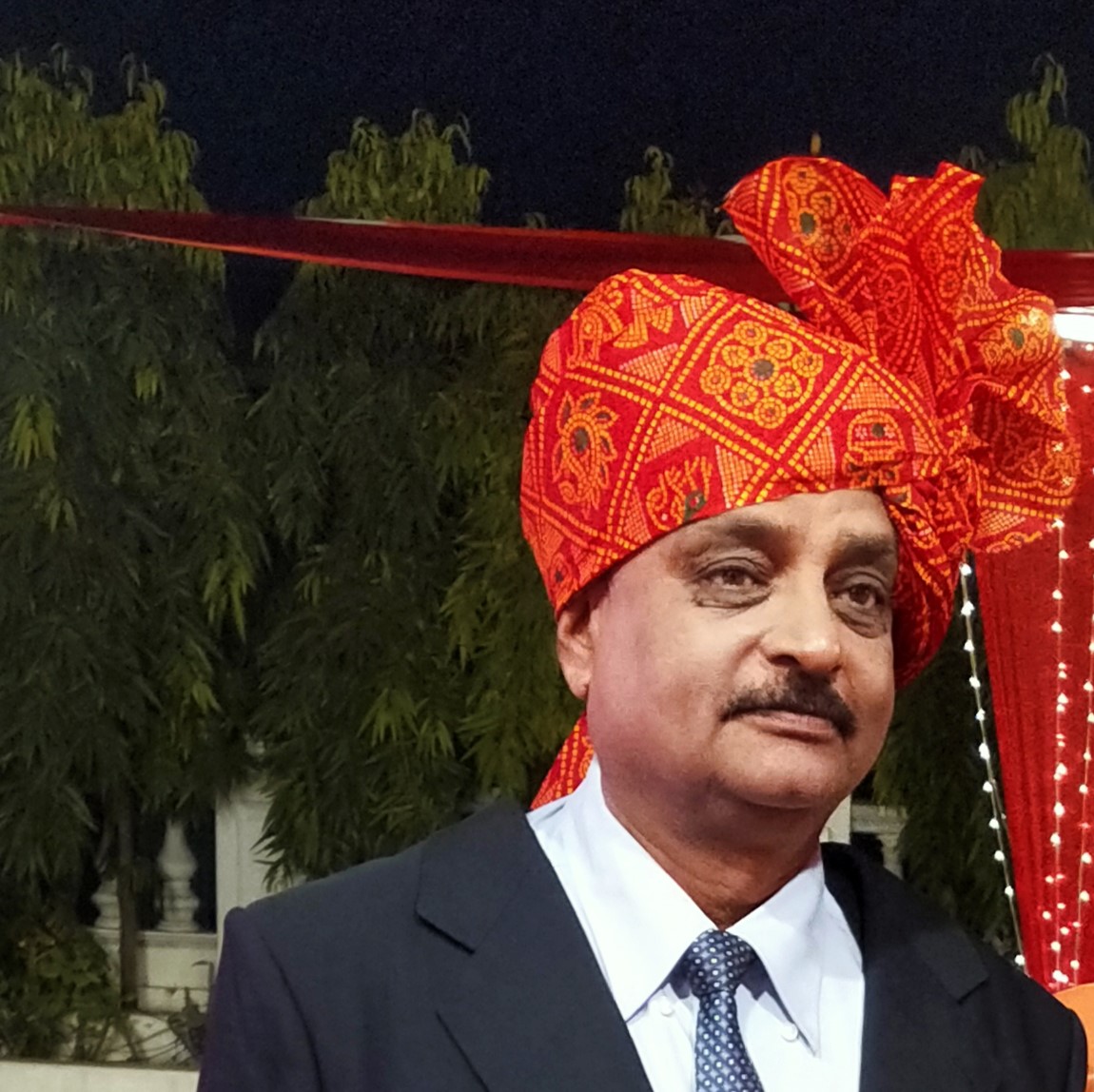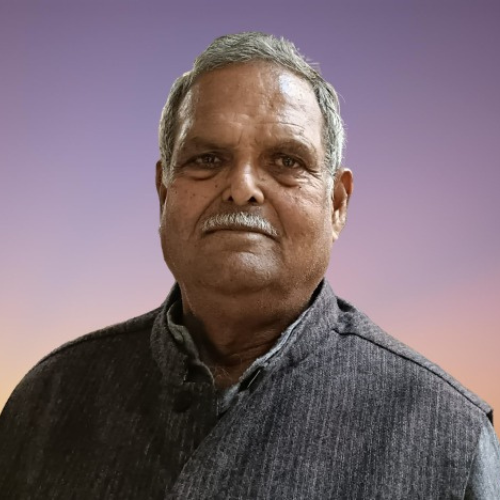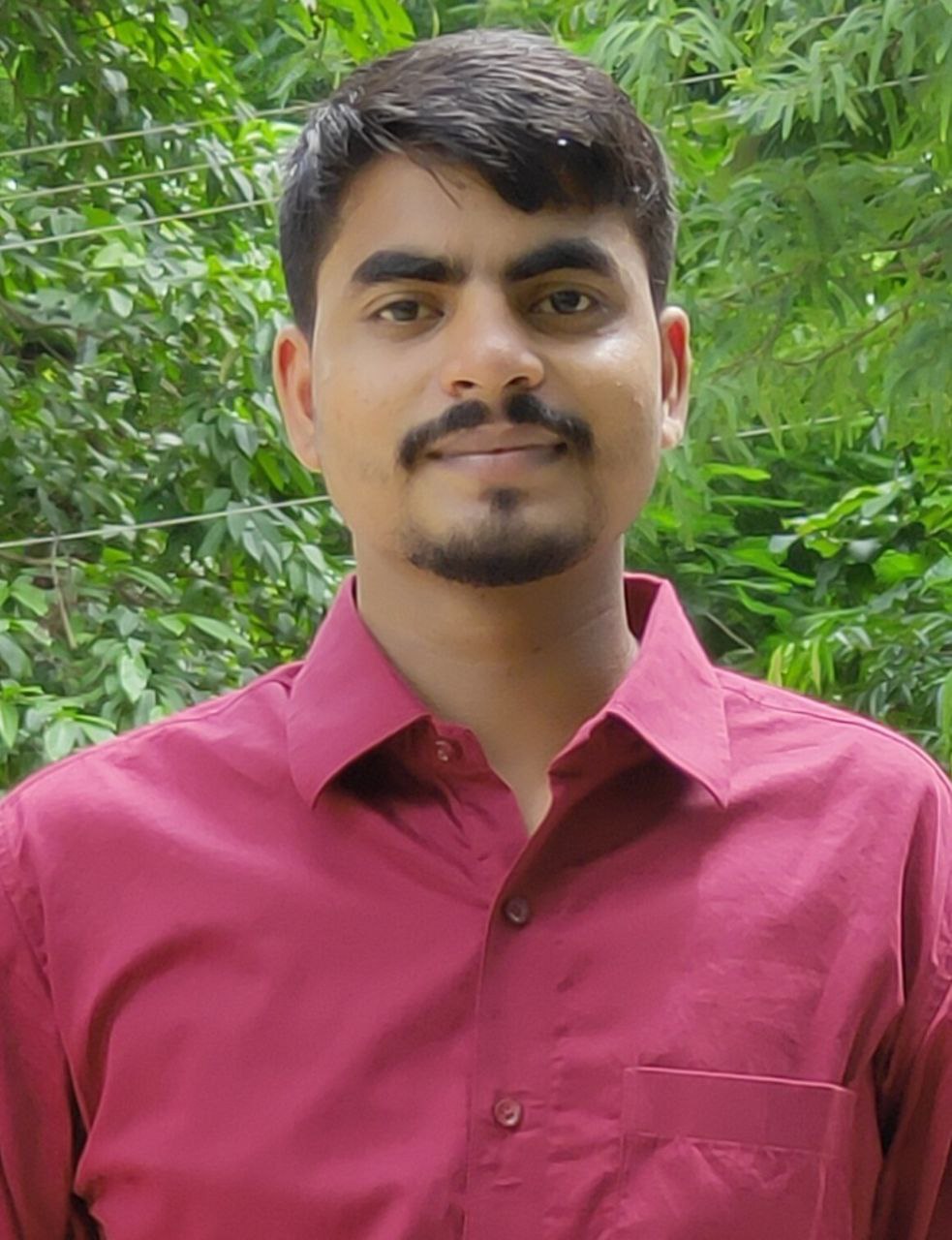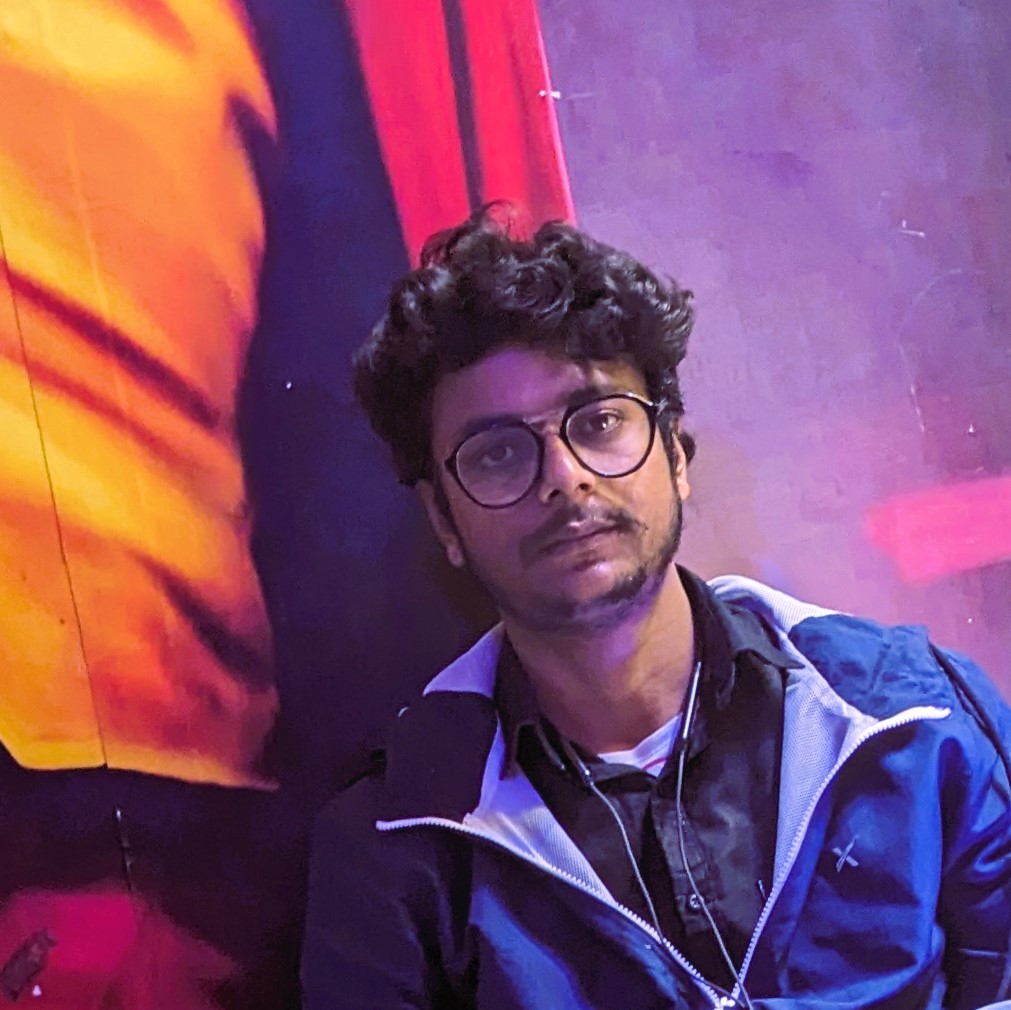Objective
Today's world is in the era of technological renaissance, and no country and society can ignore the innovation in technology, research and industry of this era. But the general public in our country has some familiarity and interest in this subject. In the available positions, everyone's topics of discussion and interest are forts, dance songs, politics, and crime, not technology, science, or innovation.
In families in countries such as Japan,USA, they have laboratories in garages and backyards. But here formally universities, government departments and some institutions only take responsibility for it. But their role and reach among the masses is negligible.
Our schools and universities also have built-in skills, and experience, for innovation in technology, research and industry, even among students. According to a recent survey "National Employability report for Engineers annual report 2019" colleges, done on leave 170000 aside students general of colleges, 750 engineering the employability of engineering college students is only 20%. According to that survey only 37.7% engineering graduates in India can't do all coding, while in China only 10.35% can't do all coding. What is the reason? Practical and practical experience required, skill and vision required. and falling behind in water, technology, research, and industry. Energy, creativity, and ambition are at their peak at the age of secondary school and college students, and if at this age, capable students are given the appropriate skills and vision, tools and equipment, and the opportunity to experiment If given more freedom, it is possible that many of them can do new experiments, inventions, inventions, and industries. But, most of our students are in normal and government schools, where knowledge based on books, and exam-oriented teaching system, practical knowledge of modern techniques and experiments of science and technology is less available. Skills don't develop. Vision is not created.
Completion: Bookish knowledge does not prove to be very useful in science, technology and technology. Bookish knowledge is not only incomplete in learning any technique, but it is absolutely unable to sensitize the mind of children and make them creative. If a child is taught the theory and construction of an electric motor by a book, he can only write it down but cannot make it, nor can he be interested in making it. He needs both skill and vision.
As such, there is a need for development of interest groups in schools, colleges, villages and communities, in the form of libraries and cyber centres, establishment and development of workshops for interested people, students, especially girls. And for this, there is a need for workshops, at local levels, of small but majority establishments.
Creativity is the nature of human being. It is present in every person, in some more in some, but in all. For its development, Aadhaar, skill to work in a particular field, and vision (Vision) For the skill, write Work and Experiment, and for Work and Use, Workshop/Workshop. Sight for orientation, and environment, information, contact, study, and thought for orientation.
There are different areas of creativity, from literature, art, and science, to technology. Nowadays, there are vast possibilities in technology, especially in information technology. (Research) There are always infinite possibilities, where experiments do not succeed, failures are also a discovery. The third is industry, the economy itself is a creative endeavour. It is the creativity of these regions, which has made human life so rich and prosperous today. From cellular to mobile, creativity in all these fields is due to him. The economic side is even more important, and is money, useful and cost-effective equipment, abundance of production, and employment.


